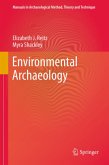

eBook, ePUB
14. Januar 2008
Cambridge University Press
| Gebundenes Buch | 133,99 € | |
| eBook, PDF | 53,95 € |
Ähnliche Artikel
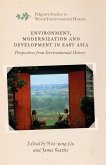
Broschiertes Buch
Perspectives from Environmental History
1st ed. 2016
29. Dezember 2018
Palgrave Macmillan / Palgrave Macmillan UK / Springer Palgrave Macmillan
978-1-349-95849-8
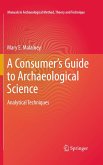
Gebundenes Buch
Analytical Techniques
2011
1. Oktober 2010
Springer / Springer New York / Springer, Berlin
12182558,978-1-4419-5703-0
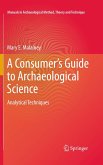
Broschiertes Buch
Analytical Techniques
2011
23. März 2012
Springer / Springer New York / Springer, Berlin
978-1-4614-3301-9
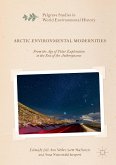
Gebundenes Buch
From the Age of Polar Exploration to the Era of the Anthropocene
1st ed. 2017
20. Februar 2017
Palgrave Macmillan / Springer International Publishing / Springer, Berlin
978-3-319-39115-1
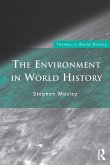
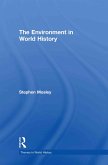
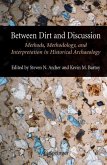
Gebundenes Buch
Methods, Methodology and Interpretation in Historical Archaeology
2006
14. September 2006
Springer / Springer US / Springer, Berlin
11399209,978-0-387-34218-4
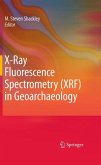
Broschiertes Buch
2011
22. Februar 2012
Springer, Berlin
86058461
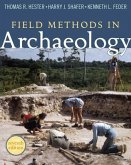
Broschiertes Buch
Seventh Edition
7. Aufl.
1. Dezember 2008
Routledge / Taylor & Francis

Gebundenes Buch
Wir im ersten Jahrtausend
13. September 2024
Nünnerich-Asmus Verlag & Media
Ähnlichkeitssuche: Fact®Finder von OMIKRON
